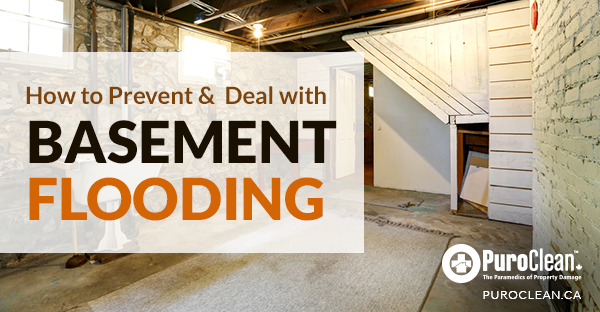How to Prevent and Deal with Basement Flooding
 A commonly flooded space in a home is the basement. Floods in these areas occur most often during the spring, when snow melts and spring storms begin. Basement flooding can occur even in dry weather, due to unexpected blockages to the sewer system around the property. All property owners should be aware of the following things:
A commonly flooded space in a home is the basement. Floods in these areas occur most often during the spring, when snow melts and spring storms begin. Basement flooding can occur even in dry weather, due to unexpected blockages to the sewer system around the property. All property owners should be aware of the following things:
The following actions can help prevent basement floods:
- Keeping roof gutters and downspouts clean, and diverting rainwater 2 meters away from the house.
- Installing an automatic emergency generator that provides the building with electricity during blackouts.
- Installing a sump pump, which automatically drains water from the basement and prevents water from rising.
- Sealing all openings or cracks in the walls, floors, foundations and windows of the house.
- The installation of porous pavement around the building to help absorb rainwater and thawed snow.
- Checking the drainage systems and plumbing regularly, to ensure their proper working condition.
When basement flooding happens:
When dealing with flood cleanup, consulting a water damage specialist is highly recommended. (PuroClean professionals can be contacted around the clock at 877-261-7876.) Before the specialists arrive at the location:
- Electrical power must be shut off and direct contact with floodwater should be avoided to prevent the risk of electrocution.
- The occupants should not expose themselves to contaminated floodwater but, if they must, wearing protective gear is strongly advised.
- If a sump pump is present, the occupants should allow it to drain the floodwater as soon as electricity can be safely restored.
- Carpets and upholstery must be dried out immediately. If they have been wet for more than 48 hours, they should be thrown away.
In order to determine the full extent of the basement damages caused by water disasters, call your local water damage specialist for an evaluation.
Follow us on Twitter, Facebook, Google+ and LinkedIn to get our notifications!


